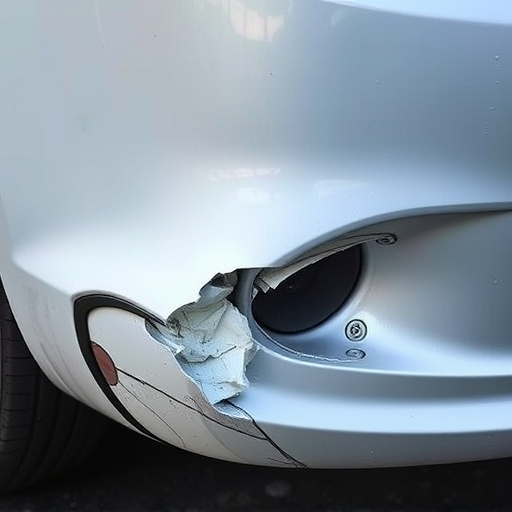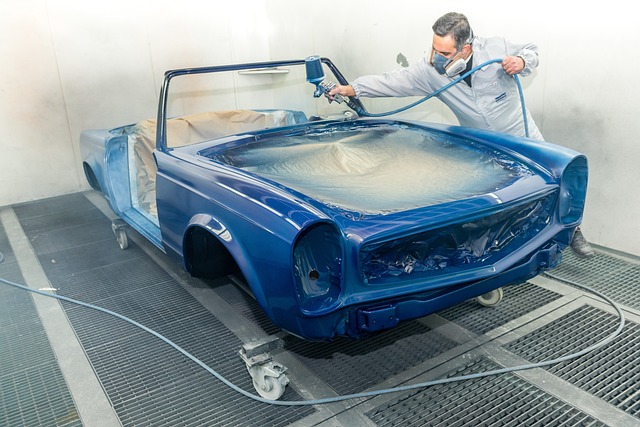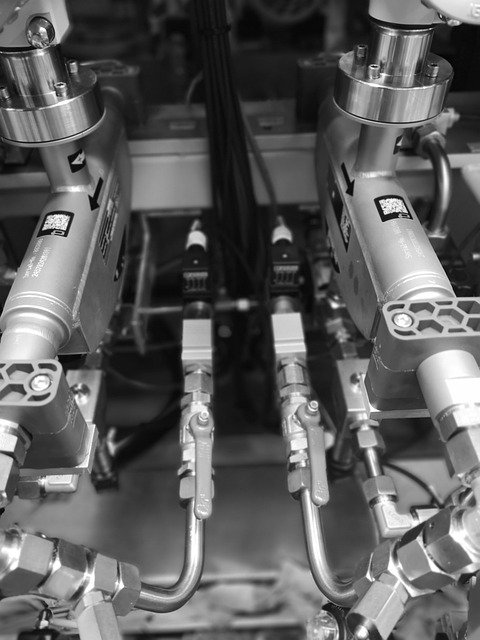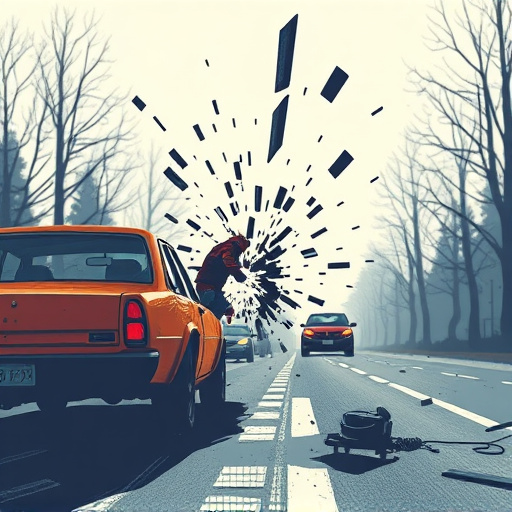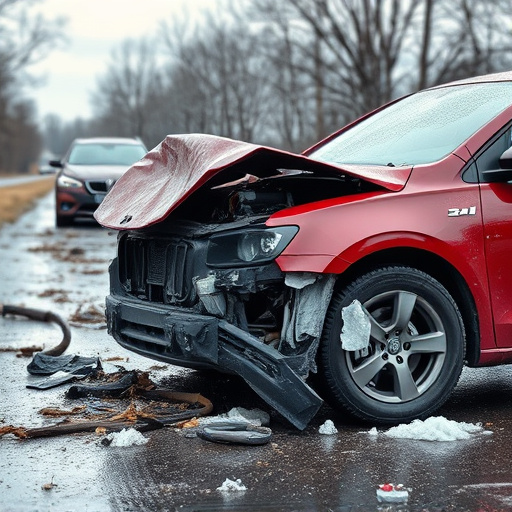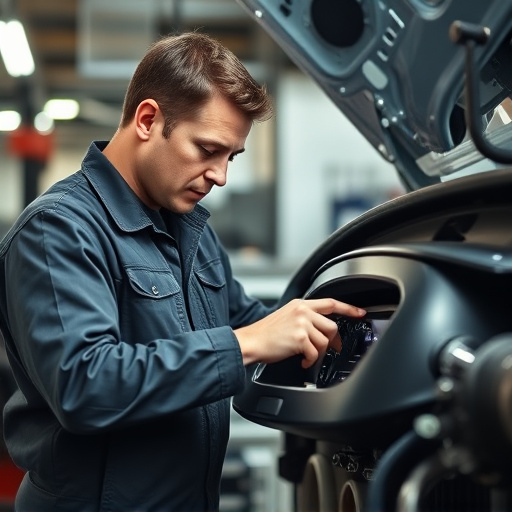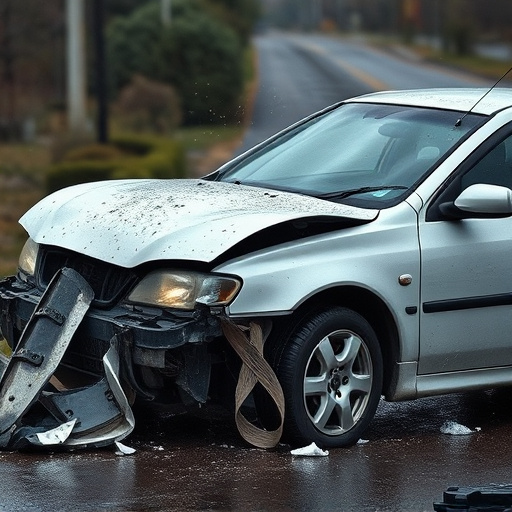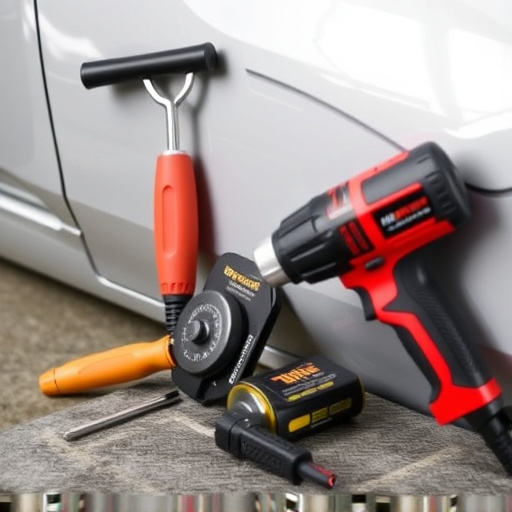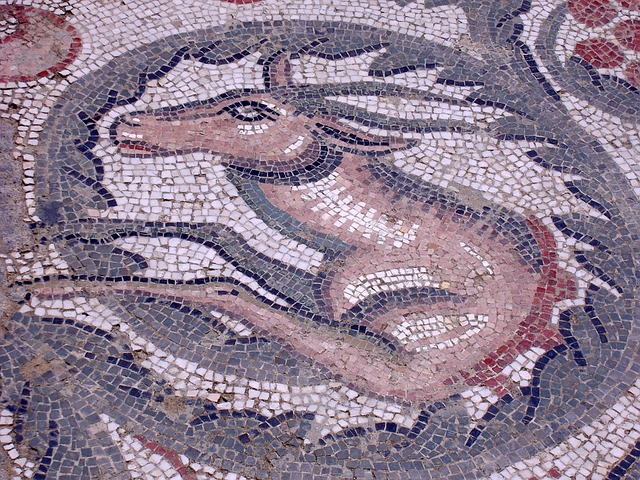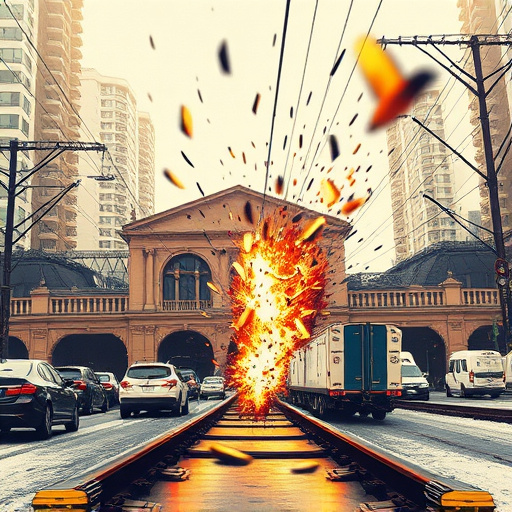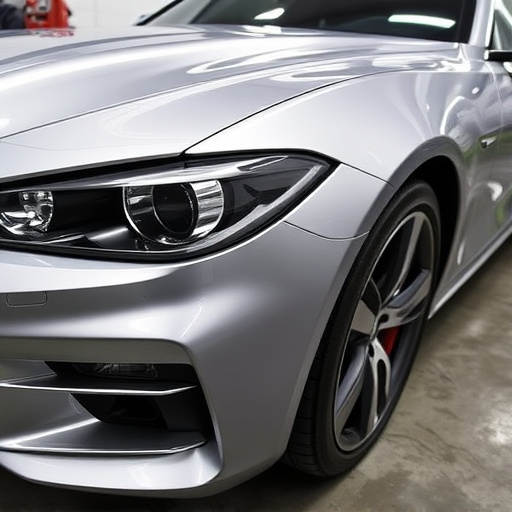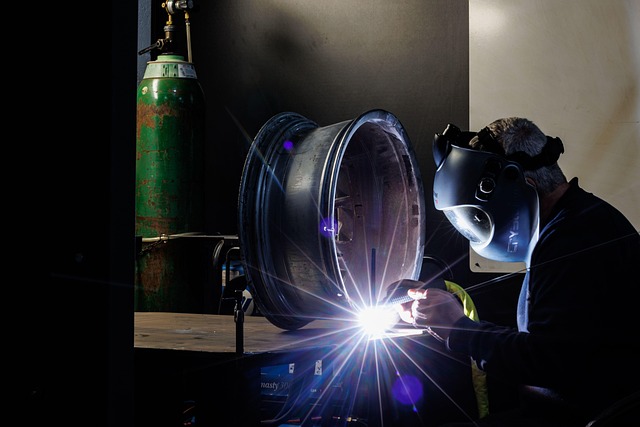Achieving a high-end metallic paint finish requires a blend of skill and science, including meticulous preparation, specialized paints, and understanding traditional/modern painting methods. Regular washing, protective coatings, and auto glass replacement are vital for maintaining durability against environmental damage. This guide provides a step-by-step process for restoration, emphasizing inspection, gathering tools (sandpaper, polish, microfiber cloths), sanding, and polishing techniques to achieve professional results matching original metallic paint jobs.
Unleash the brilliance hidden within your surfaces with our guide to 7 secrets about high-end metallic paint finishes. From understanding the art of achieving that coveted lustre to tackling common issues and restoring shine, we’ve got you covered. Learn expert tips and solutions for metallic paint repair, ensuring your surfaces sparkle like never before. Discover the pros and cons of various techniques, and master the step-by-step process for a flawless finish.
- Understanding the Art of Metallic Paint Finish
- Common Issues and Their Secret Solutions
- Restoring Shine: Step-by-Step Guide to Repair
Understanding the Art of Metallic Paint Finish
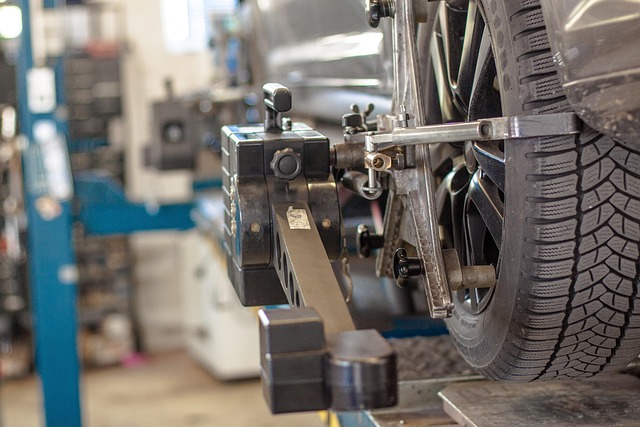
The art of achieving a high-end metallic paint finish is a intricate dance between skill and science. It’s not merely about applying pigment to a surface; it involves understanding the interplay of light and reflection, creating depth and dimension that elevate any vehicle or object to new levels of aesthetics. This art requires precision techniques, from meticulous preparation of the substrate to controlled application of specialized metallic paints designed for optimal coverage and durability.
Mastering metallic paint finishes demands knowledge of both traditional painting methods and modern innovations in automotive repair services. Whether it’s a sleek, mirror-like finish or a subtle, brushed metal look, each requires tailored techniques and materials. Correctly executed, these finishes can transform an ordinary vehicle into a stunning masterpiece, showcasing not just the craftsperson’s skill but also their appreciation for the intricate beauty of metallic paint repair and the potential of vehicle body shops to create extraordinary results.
Common Issues and Their Secret Solutions
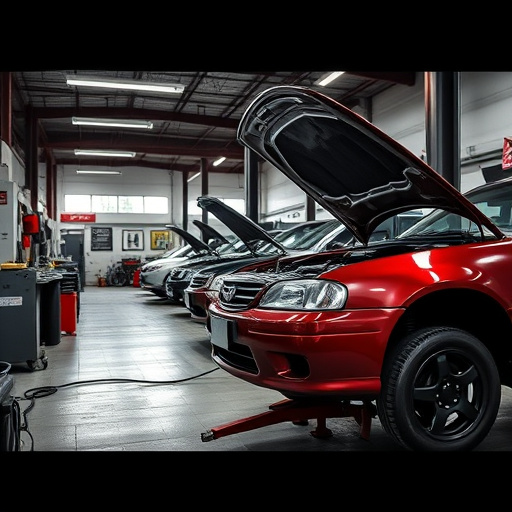
Metallic paint finishes are a popular choice for their stunning appearance, but they come with unique challenges. One common issue is the occurrence of scratches and swirls, which can detract from the overall look. To address this, a simple yet effective solution is regular washing and waxing—a crucial step often overlooked. This process not only maintains the gloss but also repels dirt, ensuring your car’s metallic paint stays pristine for longer.
Another concern with high-end finishes is their sensitivity to environmental factors like UV rays and harsh weather conditions. Over time, this can lead to fading or even delamination of the paint. The secret here lies in applying protective coatings designed specifically for metallic paints. These coatings act as a shield, reflecting harmful rays and preventing damage. Regular maintenance using auto glass replacement or car paint services that specialize in metallic finishes is key to preserving their beauty and longevity.
Restoring Shine: Step-by-Step Guide to Repair
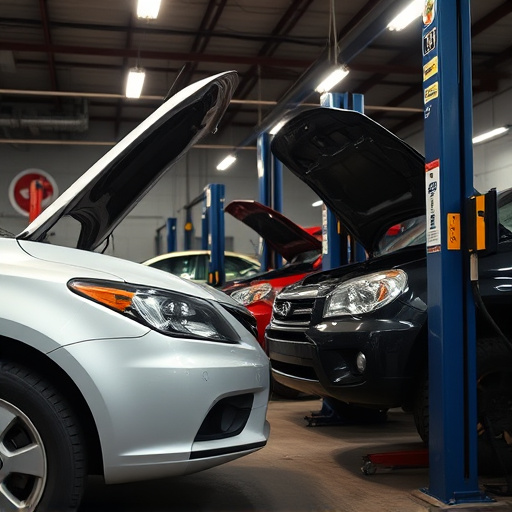
Restoring Shine: Step-by-Step Guide to Repairing Metallic Paint
The first step in repairing your car’s metallic paint is to thoroughly inspect the damaged area. Look for cracks, chips, or scratches that need attention. Next, gather your tools and materials, including a fine-grit sandpaper, automotive polish, microfiber cloths, and possibly a paint pen if touch-ups are required. Start by gently sanding the affected surface with the grain of the metal to smooth out any roughness. This process will help remove imperfections that could affect the final finish.
After sanding, wipe down the area with a clean microfiber cloth to eliminate dust particles. Apply automotive polish using another cloth, working in small sections at a time. Polishing will fill in minor scratches and restore a smooth, glossy surface. Allow the polish to dry completely, then inspect your work. If there are still visible imperfections, repeat the sanding and polishing process until you achieve a seamless finish. Remember, patience is key for achieving a professional-looking repair that matches the car’s original metallic paint job, whether it’s on the car bodywork or elsewhere.
Unveiling the secrets of high-end metallic paint finishes empowers both professionals and enthusiasts to achieve exceptional results. By understanding the art, addressing common issues, and mastering restoration techniques, you can transform surfaces into stunning displays of lustre and depth. With these insights in hand, tackling metallic paint repair becomes a creative journey, allowing you to breathe new life into any project and create visually captivating finishes that truly stand out.
